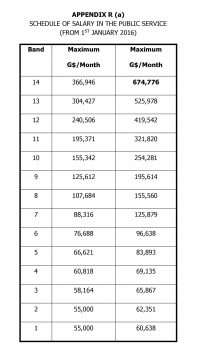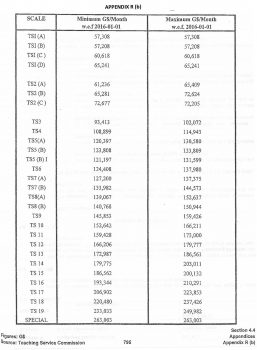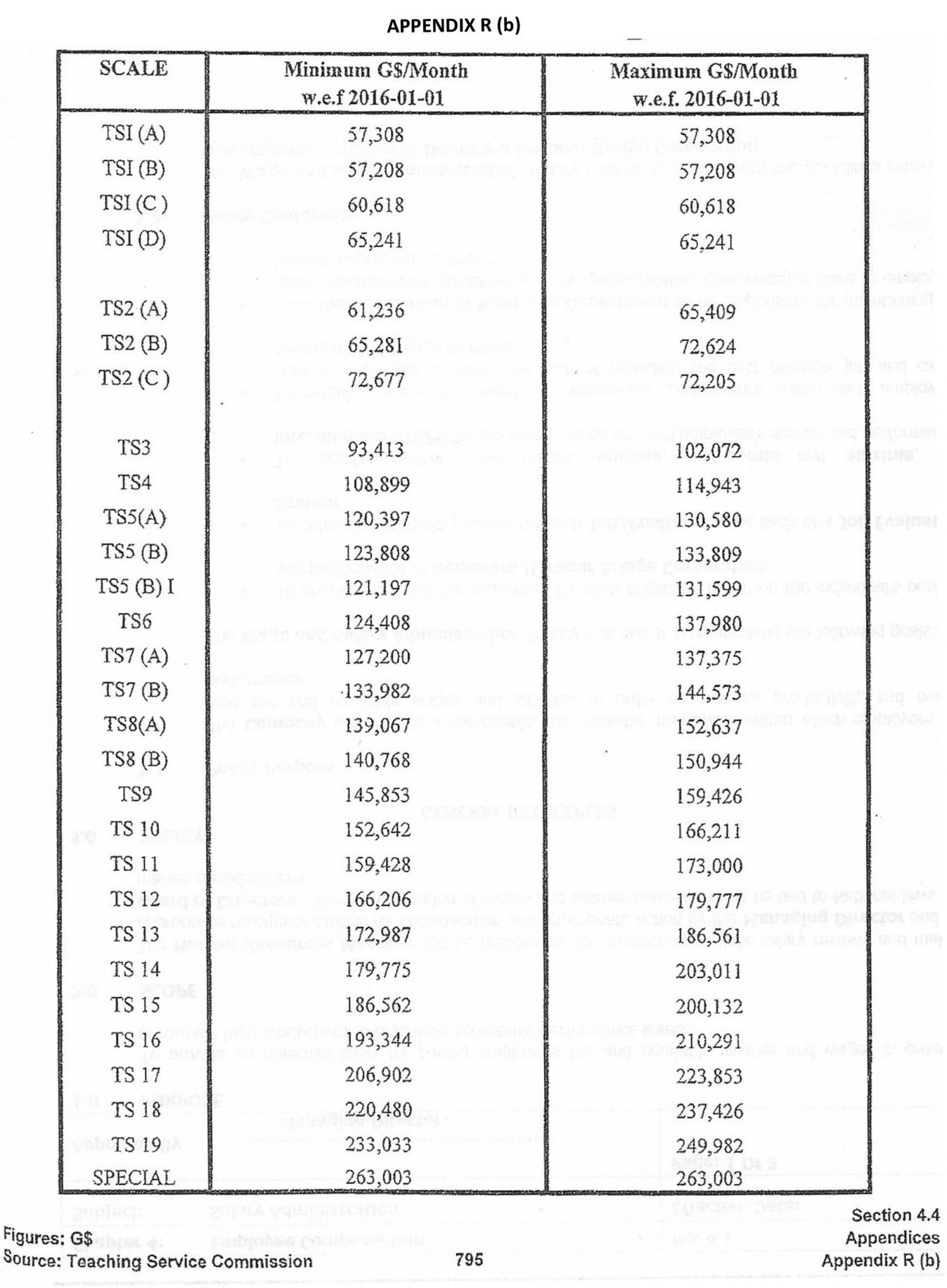Dear Editor,
There is the clear indication of censure in the media of a Government ‘unilateral’ offer of increase in ‘salaries’ (rather than wages) of public servants. The fact is, however, that unilateral ‘salary increases’ have continually been made at least as far back as 2000, except without the taint, if you will, of any negotiation. It is in the absence of faith in the latter process over the past two decades, that all administrations would very likely be criticised by counterpart regimes in the Region, and indeed by related international monitoring agencies.
One does not readily recall any focused comparison between the structure of the Guyana Public Service (which has prevailed in this century) and those of our Caricom colleagues.
Chances are, however, he/she would discover that the prevalence of ‘Contracted Employees’ (not ‘Contract Workers’) is a classification not formally repeated elsewhere.
Indeed, to the dismay of many – including that of traditional public service colleagues – their members have increased exponentially over the years.
Incidentally, the following are the other five (traditional) job classifications which have remained steadfast in the Public Service since the 1980s:
- i) Administrative
- ii) Senior Technical
iii) Other Technical and Craft Skilled
- iv) Clerical and Office Support
- v) Semi-Skilled Operative and Unskilled
The current National Estimates, like its annual predecessors, shows ‘Contracted Employees’ as the sixth classification in every single agency.
So that the diligent observer is left to ponder when, and how in one fell swoop, since 2016, the reported 4000 ‘Contracted Employees’ were transitioned into regular Public Service, given the assumed legal status of the respective contracts – between the individual employer agencies and their individual employees. For inherent in these contractual arrangements, in which the Public Service Commission has never been involved, was the incentive of a gratuity payable every six months, at the rate of 22.5 % monthly salary – now to be replaced by pension at age 55 years, based on years of service criteria.
Given the obviously wide range of periodicities of these numerous contracts, it is hardly unreasonable to enquire of which Agencies were involved in processing the methodology used to place the target personnel into any of the Public Service 14 Job Grades; and at what points in the respective scales shown later below.
Surely this must be a source of substantial puzzlement to the Union involved.
At this very juncture, our observer is faced with a conundrum, if not a major conflict of interest situation; for since all Public Servants (including former ‘Contracted Employees’) will now fall squarely within the purview of the Public Service Commission, they can legitimately volunteer to be represented by the Guyana Public Service Union, whose President hitherto has been the Chairman (ag.) of the employer Public Service Commission.
But it might be helpful to examine how the recent COI into the Public Service treated with these issues.
The Commissioners would be reasonably satisfied that an attempt has been made to respond positively to the following Recommendation 13:
“13) that contract workers in all grades holding Public Service positions be absorbed into the pensionable Public Service establishment provided that they are suitably qualified to fill established positions”.
The last is a worrying proviso, which invites the question as to whether the 4000 personnel said to be transitioned were in fact recruited into ‘established positions’?
Importantly also, the COI Report applied a further stricture in the following Recommendation:
“14) the contracted employees/workers should be restricted to, high level professional skills not available in the Public Service; and moreso ‘should be recruited and selected through open competitions….’
Question: What are the ranges of professional skills of that 4000 of the reported total of 14,000 Public Servants?
By no means unrelated is Recommendation 23 of the COI Report:
“23) that an Organisational Restructuring be undertaken in two Phases. In the first Phase emphasis should be placed on rationalising the status of pensionable and contract employees, and the de-bunching of employees in the Salary Structure”.
The above is a most sensitive commentary, as it adverts to the feelings of those long-service traditional employees who would likely be by-passed in the hasty transition process.
A not unreasonable underlying reflection must be on whether or not contract service years would still count in the computation of pension.
But more immediately however, would be the deep concern about the very fundamental issue of ‘bunching’ that very likely affects the majority of Public Servants. For there has been no performance appraisal system in operation for decades, so that with the steadfast application of ‘across-the-board’ increases few would have earned what used to be known to older servants as ‘merit increments’ in order to move along any one of the totally (hypothetical) 14 Salary Scales – extracted from the 2017 National Estimates and shown at the end of this submission.
Simply put, ‘bunching’ means that if for example one was employed at the minimum of a particular scale fifteen years ago, with the mere application of across-the-board increases, the individual remains at the same minimum as all the persons who would have joined the Public Service since then. The newcomer of 2016/17 will therefore enjoy the same benefit as the long suffering predecessor.


So reflect on Recommendation 24 of the COI Report:
“24) that the Second Phase continue the restructuring process by way of a thoroughly conducted Job Evaluation study”.
The issue culminates in deciding which is the ‘cart’ and which is the ‘horse’?
Presumably the Public Service Commission will invite the advice of the Public Service Ministry/Department.
But heaven allows! Once more the expressed determination to ignore those who educate the public servants, the Teachers. Just look and compare their current salary structures.
Yours faithfully,
E.B. John

